Urbanization provides South Asian countries with the potential to transform their economies to join the ranks of richer nations in both prosperity and livability. And, indeed the region has made strides in the early part of the century when its urban population grew by 130 million. Average GDP per capita is up and absolute poverty is down.
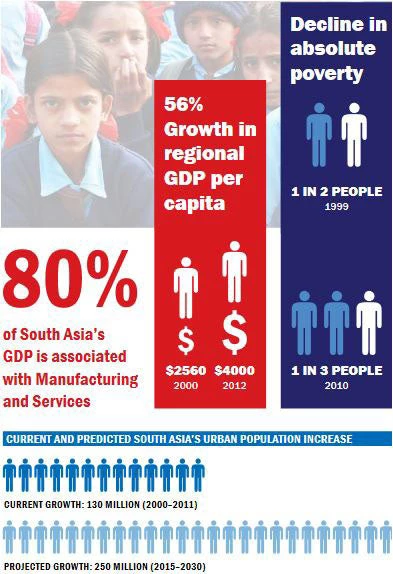
But, according to a new report by the World Bank, South Asia is not fully realizing the potential of its cities for prosperity and livability. That’s illustrated by the fact that the region’s share of the global economy remains strikingly low relative to its share of the world’s urban population. In this regard, South Asia looks less like East Asia and more like sub-Saharan Africa.
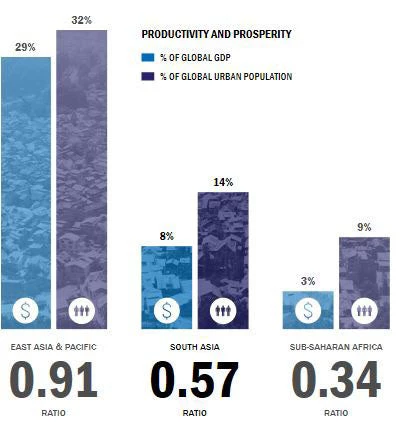
To date, urbanization in South Asia remains underleveraged. The share of the region’s population officially classified as living in urban settlements increased only marginally from 27.4 percent in 2000 to 30.9 percent in 2011, an annual growth rate of 1.1 percent. That rate is well below those experienced by China, Brazil and the United States at similar stages of development.
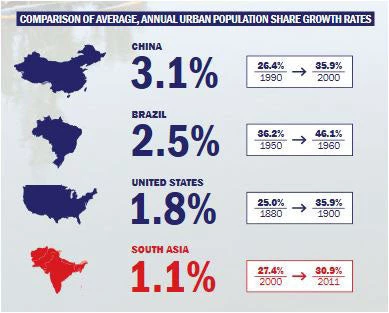
South Asia can gain from urbanization by fostering productivity through the concentration of economic activity in its cities. So-called agglomeration economies improve productivity and spur job creation, particularly in manufacturing and services.
Growing urban populations, however, put pressure on infrastructure, basic services, land, housing and the environment. South Asia has struggled to deal with these congestion forces, leading to messy and hidden urbanization that undermines livability and prosperity, according to the report, “ Leveraging Urbanization in South Asia: Managing Spatial Transformation for Prosperity and Livability. ”
Messy urbanization is reflected in the widespread existence of slums – which are home to at least 130 million in South Asia – and sprawl. Sprawl, in turn, helps give rise to hidden urbanization, particularly on the peripheries of major cities, which is not captured by official statistics.
With the region’s urban population posed to rise by almost 250 million people by 2030, politicians, policymakers and urban practitioners need to confront these challenges by undertaking difficult and appropriate policy reforms. That, the report says, includes addressing three fundamental deficits facing local government – in empowerment, resources and accountability. It also calls for policies to improve: the ways in which cities are connected and planned; the workings of land and housing markets; and the resilience of cities to natural disasters and the effects of climate change.
It won’t be easy but it’s essential to make the region’s cities prosperous and livable.
To read the full report and its policy recommendations, go to: www.worldbank.org/southasiacities

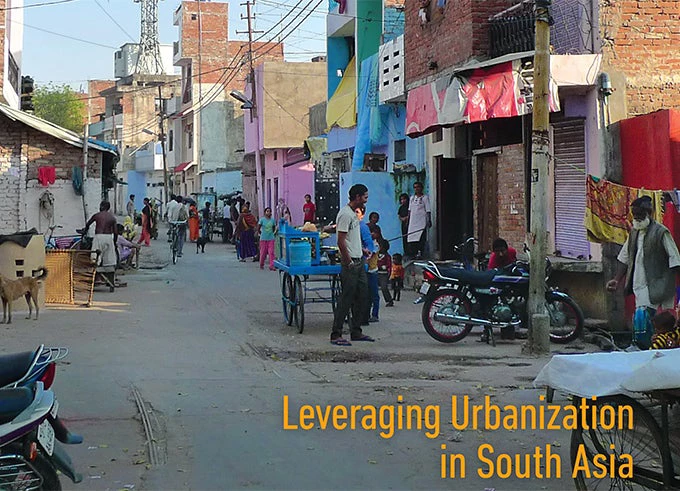
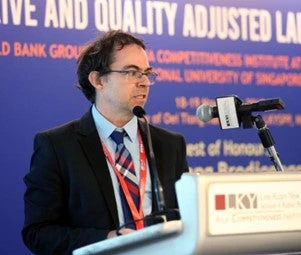
Join the Conversation